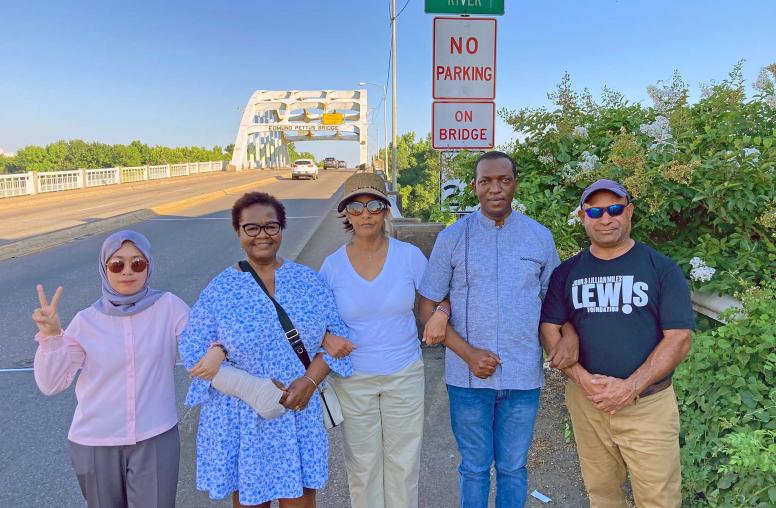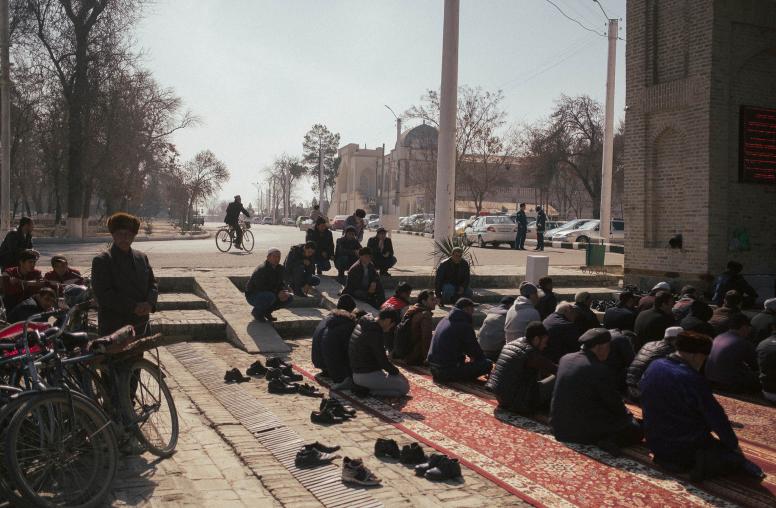Youth-led Peacebuilding Projects: Strategic Design and Implementation
Young people are actively engaged in peacebuilding efforts, from small community service acts to innovative solutions for local issues. This online course on Strategic Design and Implementation for young peacebuilders not only equips them with tools for project design but also encourages self-reflection and strategic thinking. By emphasizing community-centered approaches and considering the challenges faced by youth-led organizations, this course aims to provide tools to young leaders to design effective peacebuilding projects.

Learning Objectives
At the conclusion of this course, participants will be able to:
- Differentiate between Project Management and Strategic Implementation
- Distinguish between a growth mindset and a fixed mindset and apply these concepts to one’s own experience
- Critically assess the youth-led organizational operation model and make difficult decisions to break out of the project-grant cycle trap
- Apply observation skills and do no harm principles to the design of a community-centered peacebuilding project
- Create a project plan with a coherent theory of change, describing the overarching goal of the project, as well as objectives, activities, and outcomes/outputs based on the community's needs and M&E plan
Chapter 1: Laying the Groundwork
This chapter introduces you to key concepts in strategic design and implementatio
Chapter 2: Getting Your Organization Ready to Take a Strategic Approach
Chapter two focuses on the strategic aspect of design and implementation, examining the project-grant cycle trap and how to take a step back to reflect strategically on your work.
Chapter 3: Knowing Ourselves
This chapter asks you to think about who you are in relation to your work.
Chapter 4: Understanding the Problem
This chapter looks at human-centered design in more detail and introduces tools to understand problems in your community.
Chapter 5: Project Design
The final chapter goes into the elements of project design - developing a theory of change, identifying a goal and objectives, activities, and outputs and outcomes.
Instructors
- Paula Porras, Youth, Peace & Security, United States Institute of Peace
- Alison Milofsky, Founder and President, Peace in Praxis
- Brie Loskota, Visiting Scholar, Center for the Study of Religion and Society, University of Notre Dame


